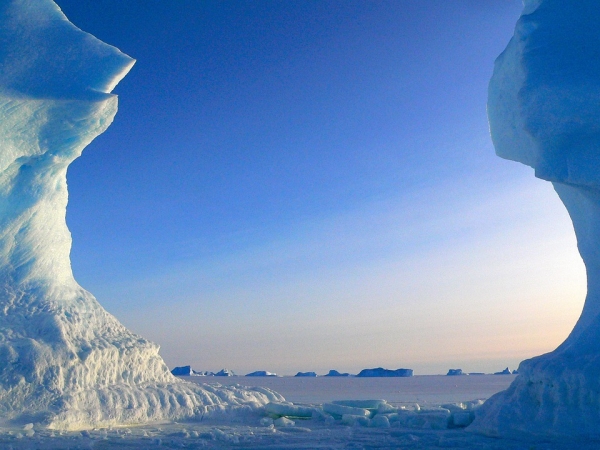An ambitious flying campaign out of British Antarctic Survey’s Rothera Research Station over the Weddell Sea this month (December) aims to calibrate the data collected from two important satellites that monitor Antarctic sea ice. It’s the first time an aircraft has flown simultaneously beneath the CryoSat-2 and ICESat-2 satellites in the Antarctic.
ESA (European Space Agency) operates a radar-based altimeter system on CryoSat-2, while NASA (National Aeronautics and Space Administration) flies a laser-based altimeter system on ICESat-2. Altimeters are used to measure the altitude of an object above a fixed level. Both techniques have advantages, but until now, scientists have not been able to fully exploit coincident measurements recorded by each mission to monitor sea ice in the Southern Ocean.
In a bold move, ESA has manoeuvred the CryoSat-2 satellite to synchronise it with the IceSat-2 orbit, providing a unique window of opportunity for researchers to directly compare both sensors over the same sea ice. This month’s dedicated airborne campaign is flying beneath their orbits as an essential calibration step that will pave the way for future use of the satellite records alone.
Read more at British Antarctic Survey
Photo Credit: MemoryCatcher via Pixabay


